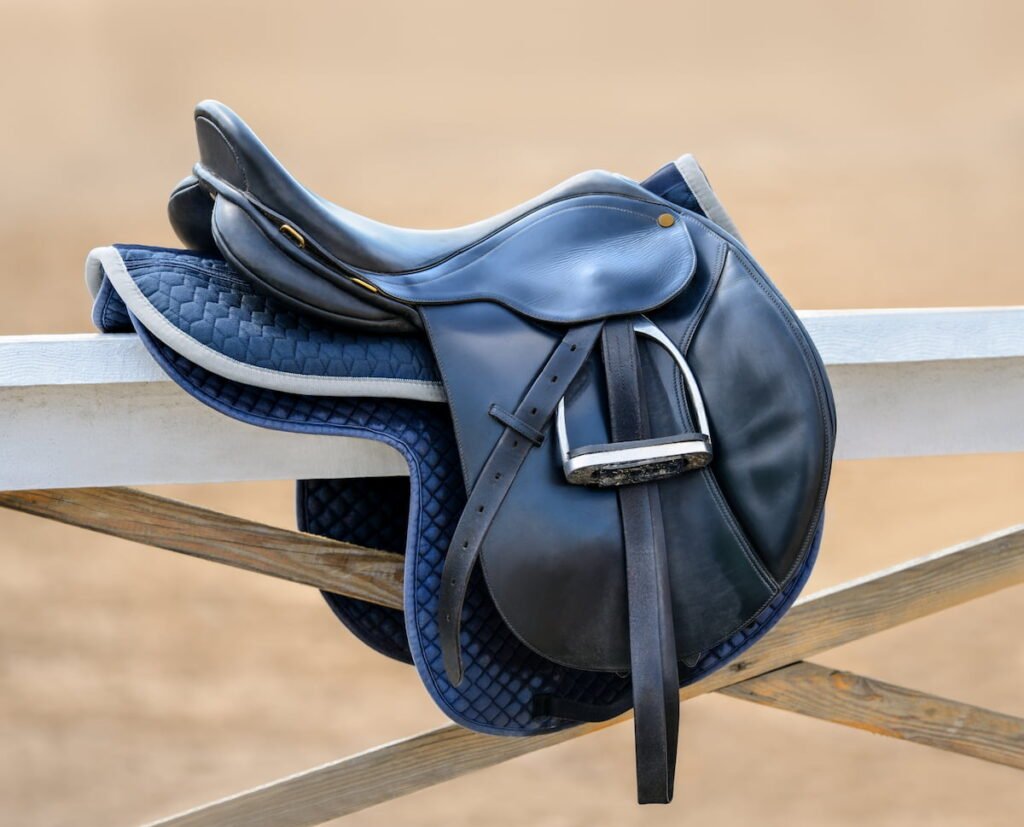Introduction:
Horse riding is a beautiful art that has captivated equestrians for centuries. One crucial aspect of horseback riding is the saddle, which provides comfort, stability, and control for both rider and horse. Saddle designs vary worldwide, each influenced by cultural traditions and practical requirements. In this blog post, we'll delve into the distinctive features of English, Western, and Mexican horse saddles, exploring their origins, functions, and unique characteristics.
- English Saddles:

Originating from European equestrian traditions, English saddles are widely used in disciplines like dressage, show jumping, and eventing. They emphasize close contact between the rider and the horse, allowing for a refined communication and subtle cues. Here are some key characteristics of English saddles:
a. Forward Seat: English saddles feature a forward seat with a relatively flat or slightly raised pommel and cantle. This design aids the rider in maintaining a balanced position for jumping and quick movements.
b. Minimal Horn: Unlike Western and Mexican saddles, English saddles typically lack a horn or any prominent handhold at the front. This allows for greater freedom of movement.
c. Lightweight Construction: English saddles are known for their lightweight construction, often featuring a tree made of wood, fiberglass, or synthetic materials. The seat is usually padded and covered with smooth leather or synthetic material.
- Western Saddles:

Western saddles have a rich history deeply rooted in American cowboy culture. Designed for comfort during long hours of work, Western saddles are associated with activities such as ranching, trail riding, and Western-style competitions. Let's explore the distinguishing features of Western saddles:
a. Horn: One of the most recognizable aspects of Western saddles is the prominent horn at the front. Originally used for securing ropes and cattle, the horn is now primarily a symbol of tradition and style.
b. Deep Seat and High Cantle: Western saddles boast a deep seat that provides a secure and relaxed position for riders. The high cantle at the back offers additional support and stability.
c. Heavy-Duty Construction: Western saddles are typically heavier and sturdier than English saddles. They feature a wooden or fiberglass tree, covered with leather, suede, or synthetic materials. The saddle is often intricately tooled and adorned with decorative elements like silver conchos and leather strings.
- Mexican Saddles:

Mexican saddles, also known as Charro saddles, reflect the vibrant equestrian heritage of Mexico. These saddles are commonly seen in traditional Mexican horsemanship, rodeo events, and festive parades. Let's explore the unique characteristics of Mexican saddles:
a. High Pommel and Horn: Mexican saddles are distinguished by their high, pronounced pommel and horn, which provide a secure grip and support during sudden maneuvers and rope work.
b. Elaborate Embellishments: Mexican saddles are often adorned with intricate hand-tooling, colorful embroidery, and silver or gold accents. These embellishments showcase the craftsmanship and cultural heritage associated with Mexican horsemanship.
c. Comfortable Stirrups: Mexican saddles usually feature large, wide stirrups known as "estribos." These stirrups provide stability and comfort, accommodating the traditional riding style of Charros.
Conclusion:
English, Western, and Mexican saddles embody the distinct equestrian traditions of different cultures. English saddles prioritize close rider-horse communication, Western saddles emphasize comfort and functionality for long hours of work, while Mexican saddles showcase the vibrant artistry and practicality of Mexican horsemanship. Understanding the differences between these saddle types allows riders to choose the most suitable option for themselves.

